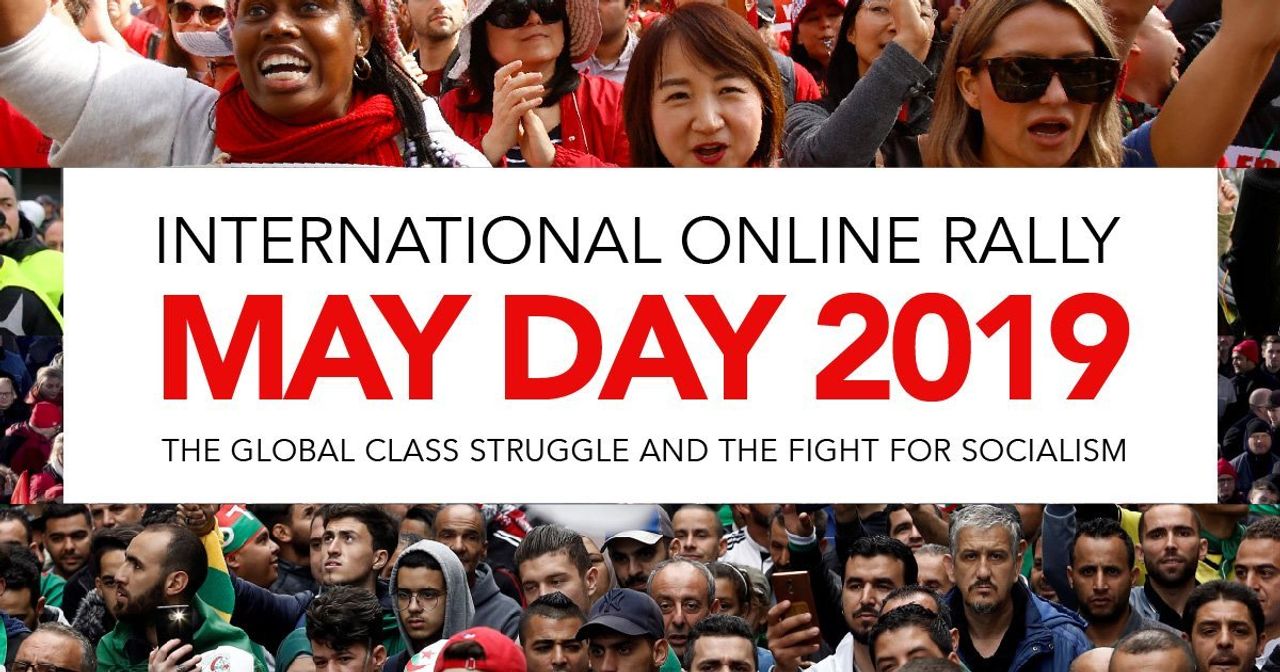Mike Head
Official inflation figures released this week confirm that the May 18 Australian election is being held amid a sharp economic downturn. Regardless of any election promises, the next government, whether headed by Labor or the Liberal-National Coalition, will seek to impose the burden of the slump on workers and young people.
The headline inflation rate, according to the Australian Bureau of Statistics, came in at zero during the March quarter, pushing the annual rate down from 1.8 percent to 1.3 percent. This is an indicator of a rapidly stalling economy. Financial commentators expressed fears of a deflationary spiral, in which heavily-indebted consumers delay purchases in the hope of waiting for lower prices.
The inflation rate is now well below the Reserve Bank of Australia’s (RBA) target of 2–3 percent, leading to predictions that the central bank would be forced to quickly cut its cash interest rate, which already has been at a record low of 1.5 percent for more than two-and-a-half years.
The financial markets are now betting on at least two consecutive 25-point rate cuts, down to just 1 percent, in May and June. A Dow Jones Newswire commentary published by the Australian went further, saying the RBA could roll out as many as four interest rate cuts by the year-end, with the first coming on May 7, just before the election.
Such moves would be a desperate bid to forestall a recession. Already, house prices are falling substantially, construction work is plunging and wages are stagnating amid a slowdown in global economic growth, compounded by fears of an ongoing US-China trade war.
Just months ago, the RBA was signalling that it would lift rates, in line with rate hikes by the US Federal Reserve, amid forecasts of a global upturn. The sudden reversal is a sign of mounting concern in ruling circles.
However, interest rate cuts may have little effect in stimulating spending because household debt is at record levels, averaging nearly double disposable income, one of the highest ratios in the world.
With an estimated 40,000 jobs already eliminated by the fall in housing construction, unemployment could worsen quickly. AMP Capital chief economist Shane Oliver said the RBA’s board would “conclude that it’s too risky to wait until unemployment starts to trend up.”
Officially, the joblessness rose only marginally last month, from 4.9 percent to 5 percent, but these statistics seriously understate the real situation. According to figures released last month by the Roy Morgan group, 18.2 percent of the workforce, or around 2.5 million people, are either jobless or under-employed.
Separate figures from the Jobs and Small Business Department showed online employment vacancies fell in March by 1.5 percent, the third successive monthly drop in what is regarded as a leading indicator of the trend ahead.

On May 4, the International Committee of the Fourth International is holding its annual International May Day Online Rally, with speakers and participants from throughout the world.
As soon as the inflation figure was released, the Australian dollar fell almost 1 percent against the US dollar—another indicator of an anticipated slump.
However, the Australian share market rose about 1 percent to an 11-year high, reaching heights last reached in January 2008 before the last global financial crisis wiped off about 50 percent of its value. Evidently, the financial elite hopes to benefit from rising joblessness by further pushing down real wage levels.
The inflation figures revealed mounting pressures on working class budgets. The costs of fruit and vegetables soared by up to 7.7 percent in the March quarter because of the impact of drought and floods. Clothing and footwear prices dropped, however, following weak retail sales figures. The price of fuel also fell, but has since recovered and recently reached six-month highs.
Falling new dwelling prices and slowing rent rises fed directly into the inflation figure. This is on top of the underlying impact of the more than 10 percent drop in house values over the past 18 months. A six-year housing bubble has burst, wiping billions of dollars off prices and leaving many households with mortgage debts that exceed the market values of their homes.
The inflation result is just the latest economic statistic to underscore the bogus character of the 10-year budget predictions on which both the Coalition and Labor have based their election pledges. Just a week after the government’s April 2 budget, the International Monetary Fund (IMF) effectively demolished the budget forecasts.
The IMF issued a sharp downgrade for global growth predictions, and said Australia’s economy was slowing twice as fast as comparable countries. The bank slashed its 2019 growth estimate for Australia from 2.8 percent to 2.1 percent, far below the budget’s unreal forecasts of 2.75 percent in 2019‑ 20 and 2020–21. That alone means cutting billions of dollars from social spending in order to meet the demands of the financial markets for a budget surplus.
Both the Coalition, with its claim that it will “create 1.25 million jobs” over five years, and Labor, which is making populist pitches about “fairness,” are peddling myths, desperate to get through the election before the slump hits.
All the economic indicators verify the analysis made by the Socialist Equality Party (SEP) in its election manifesto: “The slowing of the Australian economy is proceeding at a faster rate than in any other advanced country, signalling the onset of a deep recession that will spur mass opposition by the working class.”
The SEP’s election campaign is seeking to clarify the necessity for that opposition, if it is to defeat the corporate offensive, to turn to the fight for a genuinely socialist program. What is required is the establishment of a workers’ government to reorganise economic life on the basis of social need and equality, not private profit.
No comments:
Post a Comment